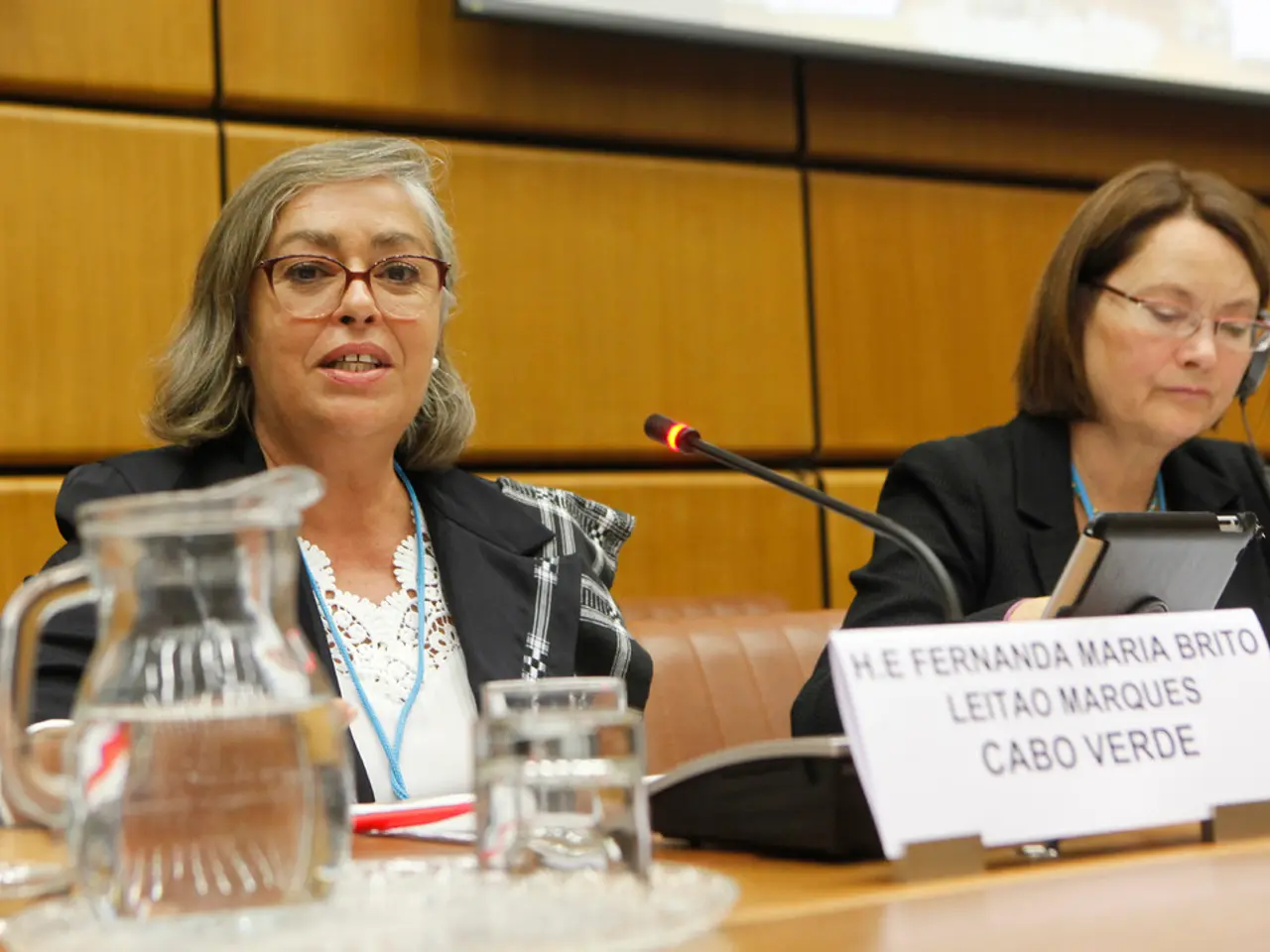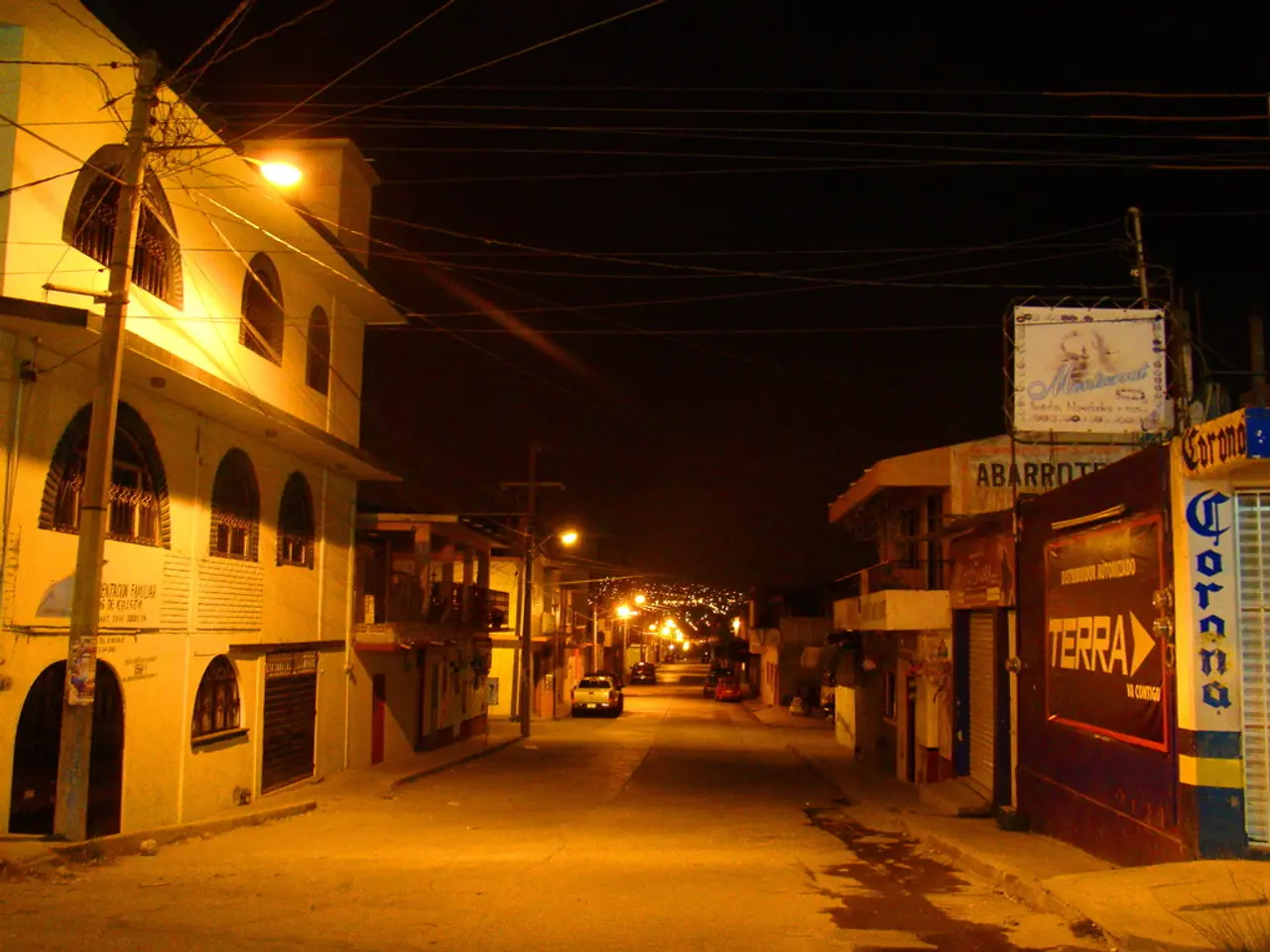Norilsk Metallurgists Construct Furnace Independently
Rewritten Article:
That's some hot news—Nadezhdinisk Metallurgical Plant, nestled in Norilsk Industrial District, North of Siberia, is planning to manufacture its own obdurating electric furnace. This move might just save them plenty of dough!
Obdurating electric furnaces deal primarily with the transformation of slag from blast furnaces, as well as converter slag— a byproduct of concentrating ore. In operation, these furnaces extract valuable metal residue, including nickel, cobalt, copper, platinum, and palladium, from slag mass.
As of now, the flagship company "Norilsk Nickel," Nadezhdinisk Plant, boasts four such furnaces working tirelessly around the clock to process approximately 2500 tons of raw materials daily. The extracted semi-precious metals then proceed to further refining, resulting in the production of final goods—ferro-nickel.
Production efficiency is critical for overall results, and the effectiveness of furnace equipment plays a crucial role.
Since 2022, mechanical engineers have been working on a unique technology to produce crucial elements of electric furnaces—kessons, essential components of the cooling system. A trial batch of these components, requiring high precision in manufacturing, was cast and installed during a major overhaul of the second technological line of NMZ in 2023. They proved to be top-notch during testing, and now, plans are underway to produce over 500 kessons with a combined weight of more than 100 tons.
By self-producing the obdurating electric furnace, engineers at Nadezhdinisk Plant will have the liberty to manufacture and assemble everything from casting to assembly, cutting dependence on external suppliers and saving over 700 million rubles on the purchase of such equipment.
The new furnace is set to ignite in February 2026.
Image source: "Norilsk Nickel"
It's interesting to consider elements contributing to the potential savings:
- Energy Efficiency: State-of-the-art electric furnaces offer improved energy efficiency compared to traditional models. Custom-built obdurating electric furnaces might allow the plant to drastically cut energy consumption, resulting in substantial cost reductions.
- Customization and Optimization: Tailor-made designs can be optimized for specific production needs, boosting productivity and reducing waste, further contributing to cost savings.
- Durability: The focus on durability or hardening might mean the furnaces are designed to last longer or require less frequent maintenance, leading to significant savings.
- Local Production Advantages: Manufacturing locally can help curb import-related costs, such as transportation costs and tariffs, which can be particularly beneficial for companies like Norilsk Nickel, operating within Russia.
- Specialization: If these furnaces are designed with specific applications within Norilsk Nickel's operations in mind, they may enable more efficient processing of raw materials or improve the quality of final products. This could increase production efficiency and reduce overhead costs.
To achieve savings in the hundreds of millions of rubles, these aspects would likely need to combine to significantly improve operational efficiency, reduce energy consumption, and enhance overall production quality. More specific details about the production process and anticipated savings would necessitate further information from Nadezhdinisk Metallurgical Plant or related press releases.
- The Nadezhdinisk Metallurgical Plant is planning to manufacture its own obdurating electric furnace, which might lead to significant savings for the company.
- In addition to energy efficiency, the benefits of self-producing electric furnaces may include customization for specific production needs, increased durability, cost savings from local production, and improved processing of raw materials or the quality of final products through specialization.
- The new furnace, set to ignite in February 2026, will grant engineers at the Nadezhdinisk Plant the ability to manufacture and assemble every component from casting to assembly, minimizing dependence on external suppliers and potentially saving over 700 million rubles.
- The focus on producing kessons, essential components of the cooling system, has already shown success with a trial batch cast in 2023, and plans are in place to produce over 500 kessons with a combined weight of more than 100 tons.
- With the potential for improved operating efficiency, reduced energy consumption, and enhanced production quality, it'll be interesting to monitor the financial impact of this new manufacturing venture at the Nadezhdinisk Metallurgical Plant in the years to come, particularly within the broader context of the metal, finance, technology, and manufacturing industries.








